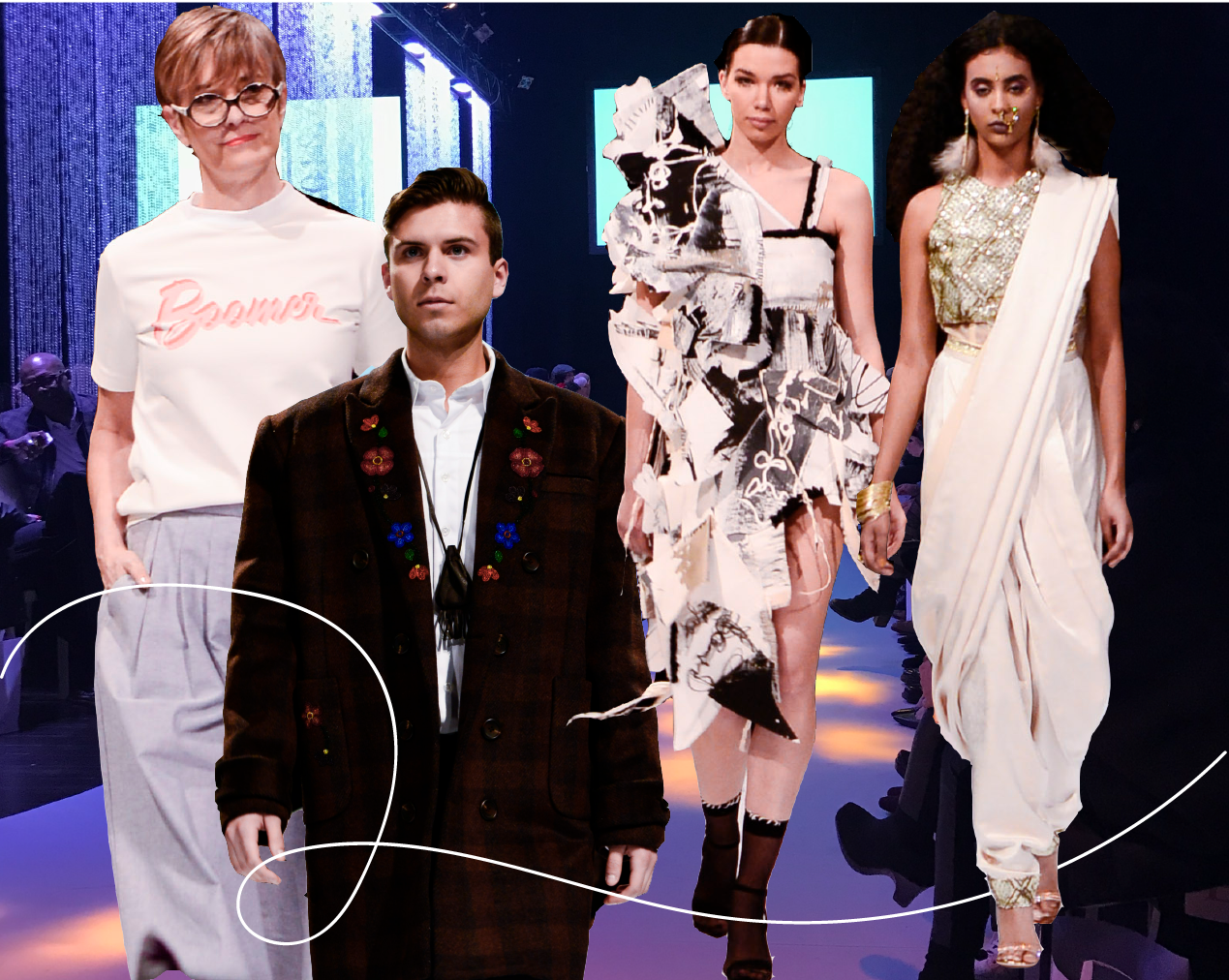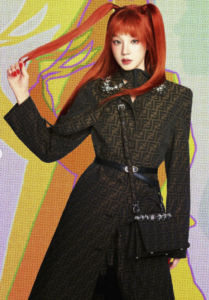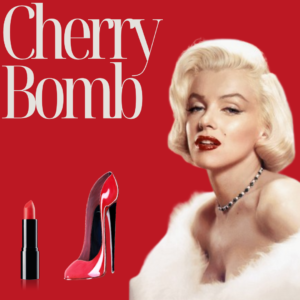This past week, as it happens every year, throngs of onlookers, fashion fanatics and prideful parents flocked to Daniels Spectrum in Regent Park to celebrate the work of graduating Fashion Communications and Fashion Design students. What marks the culmination of four years of blood sweat and tears, is a fashion event like no other – ran for students by students. This year third year Communications students along with RTA and Performance decked the halls of Daniels Spectrum in white and gold to mark 30 years of fashion excellency and craftsmanship. Since its inception Mass Exodus has been a pillar of the Fashion program, as it catapults budding fashion creators and marketers into the real world with a jaw dropping show of the student’s inspiring work. This year, the shows did not disappoint and it was apparent that the new crop of designers entering the industry are sure to be disruptors. If the collections focusing on accessible fashion for disabled youth, gender non-conforming ensembles, and wearable art were any indication, Mass Exodus 2018 was filled with craftsmanship, beauty and diversity.
Communications Grads are Ready for Industry Disruption
Inspired by the efforts of last year’s Mass Exodus team, the third year students decided to expand the timeline of Mass Exodus over two days, Wednesday for Communications and Friday for Design. Day One, April 4th, was the showcase for Communications grads wherein guests and industry alike could wander, mix and mingle with capstones pertaining to everything from the future of retail (Zoe Innanen, Clara Purdy), beauty diversity (BLSH by Nabra Badr, SalamSis by Zoya Shaban), religion (Amanda Ho and Madina Yar), trans-inclusive fashion (fit by Magdalena Kincaid), feminist sneaker culture (Lindsay Clarke) and the state of print (Sarit Cohen) and resilience (@noreply by Anna McCorriston). Projects included websites, branding packages, video series, photo-based works, capsule collections and loads and loads of coffee table books ripe for Instagram fame.
[carousel_slide id=’6820′]
Designers Turn Accessibility & Inclusivity Into Works of Art
As it happens every year the collections presented at Mass Exodus 2018 were diverse, thought-provoking and downright beautiful. Collections tackled issues like size, ability and racial diversity such as @un.form, Joakes Karnival, Rachel Berry, and Ani Seya. Other designers spoke to the free-wheeling fun to be had with clothing as with @avrgbbs, and the place for men in fashion as with Eraze by Zong, Gabriella Bilotta and Sarah Spooner. Indigenous fashion stole the curated show in our opinion, by way of Justine Woods’s jaw dropping collection of menswear, where garments were embroidered by Justine herself using traditional beading techniques. Swoon! @Neau.Official by Heather Morneau injected a spark of retro whimsy, with former StyleCircle member Emmi Ojansivu opening the collection.
But by far our most favourite looks (shhh yes we are biased) come from the StyleCircle family: iivio by Luke Severin, Celia Lees, Sharon Wong and Hiddy Lee all presented gorgeous garments of wearable art. Despite their lack of “traditional” commercial appeal these gorgeous collections demonstrated something much more important than the ability of fashion to make money: the ability of fashion to be art. For most, a love of fashion is due to its approachability and accessibility. We all wear clothes, we all shop in stores, we all swoon over influencers online. Pulling something off a rack takes very little effort these days and requires no deep contemplation. But approachable doesn’t always mean better, and sometimes we need to think a little harder, a little deeper, and be inspired by the story behind the garments, as opposed to valuing everything by its commercial viability. The beauty of these collections is that their materials seldom make an appearance in clothes. Plastic pipes, paintings on canvas, fibreglass, and wire piping are things you wouldn’t think could be made into clothes, but lord what these designers did with them opens up enormous possibilities for wearable art in the future.
The amazing thing about Mass Exodus is that most often, collections are not developed with the end goal of being sold in stores. They are about craftsmanship, story and overall purpose. What do clothes mean? What place do they hold in our lives? And how can clothes be made to make the world a better place for all? These are the questions students constantly ask, and every year we are blessed with their attempts to answer these pressing questions. Like the Design collections, fashion capstones demonstrated the wealth of opportunity for fashion to have a place in the lives of all people, and the students who are entering this industry come spring, are well equipped with the knowledge, awareness and empathy to change the way fashion does businesses, and expand who can be involved in it. Whether they created a coffee table book or a collection of garments, Mass Exodus 2018 creators are ripe to inspire a fashion revolution, and we are so here for it.
[carousel_slide id=’6843′]
























